Citrus is straightforward to develop in heat climates, nonetheless you will have to avoid a couple of key citrus-growing errors many dwelling citrus growers make. Be taught from others’ errors and expertise better-tasting citrus fruit for years.
The knowledge on this weblog submit about citrus rising errors is for citrus planted contained in the flooring in heat climates that can develop citrus outdoor yr spherical. Be taught this textual content material about learn to develop citrus in containers for cooler climates.
Citrus Rising Mistake #1: Planting a tree with out trying the fruit
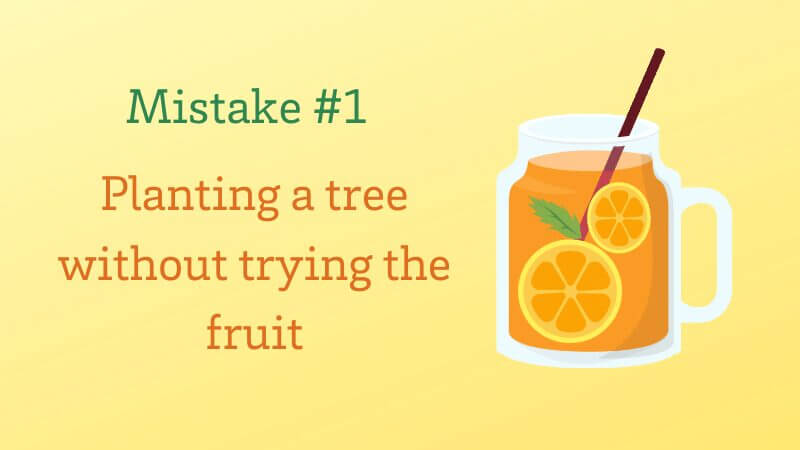
There are dozens of sorts of citrus. Select a type you’ll eat and expertise – do some analysis concerning the varieties you might be contemplating.
Try to pattern the fruit – that is one completely different revenue of buying from an area grower, they generally have mature varieties rising.
Does the fruit have seeds? Do you just like the mannequin? Citrus bushes are long-lived and produce an entire lot of kilos of fruit. Be sure to just like the fruit.


Citrus Rising Mistake #2: Planting on the unsuitable time of yr
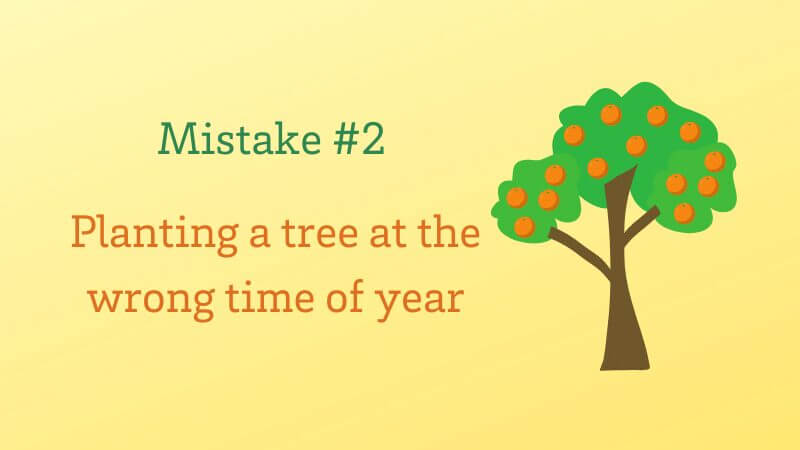

Citrus is frost-sensitive; plant it after hazard of frost is handed. In scorching native local weather areas (just like the low desert of Arizona), don’t wait too extended contained in the spring. Planting earlier contained in the spring permits roots to get established before the warmth of the summer time season. Citrus roots develop and develop rapidly contained in the spring.
All through the low desert of Arizona, don’t plant citrus from June by means of mid-September.
There’s a second planting window inside the autumn nonetheless keep in mind newly-planted citrus is additional weak to frost hurt. Cowl youthful citrus all by way of frost occasions.
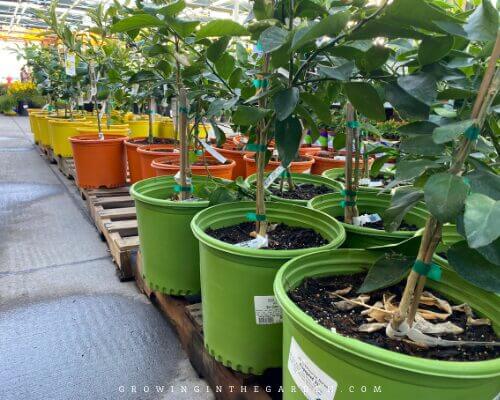

Be an informed shopper. Native retailers could have citrus in inventory all yr extended, nonetheless don’t purchase if it’s not the right time of yr to plant citrus in your own home.
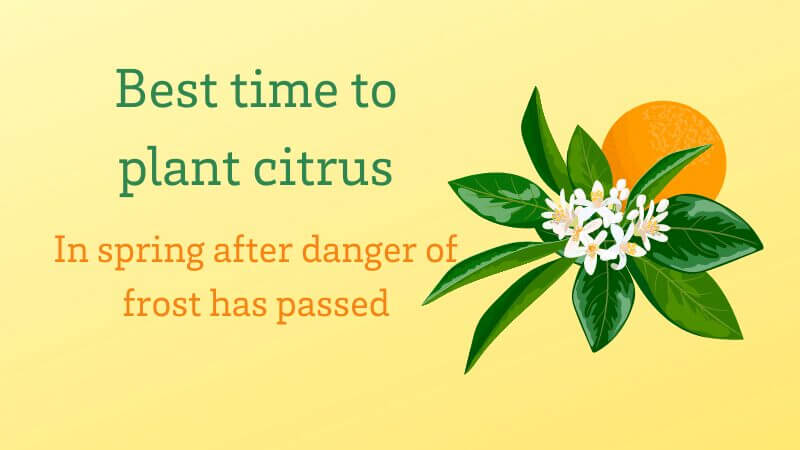

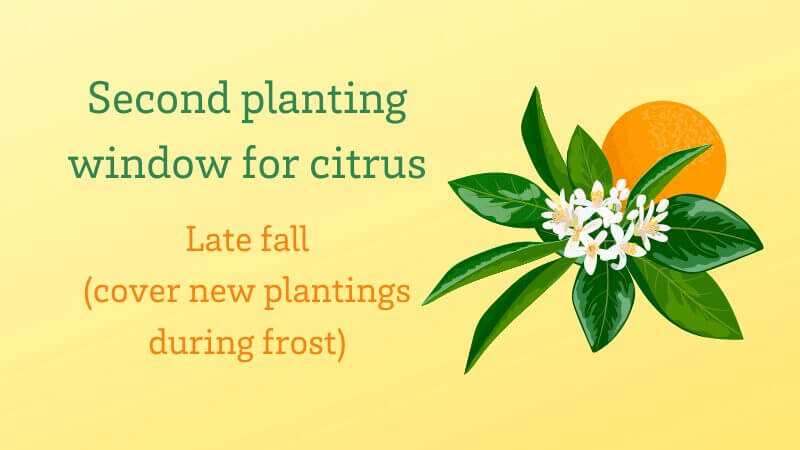

Citrus Rising Mistake #3: Planting the unsuitable dimension for the house in the marketplace
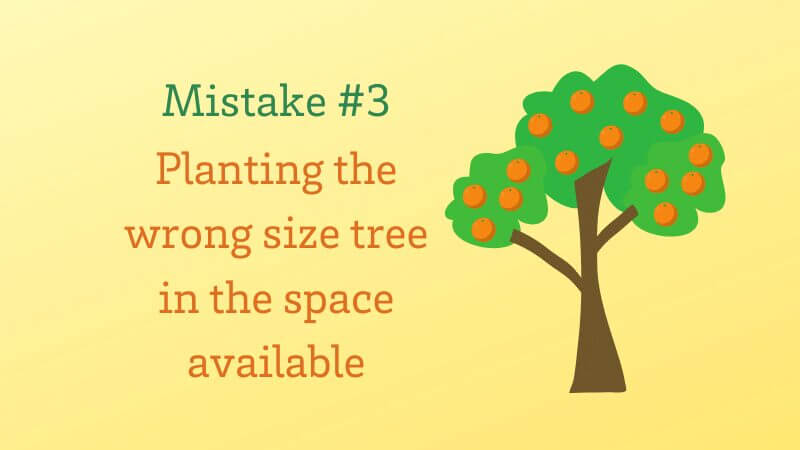

Enable ample residence for bushes to realize their mature dimension. Over-planting causes factors with restricted daylight and airflow spherical bushes.
Plant far ample away from buildings, fences, and property strains to permit the tree to realize maturity. It’s simple to make this citrus rising mistake; youthful citrus bushes can look deceivingly small.
Dwarf varieties produce the same high-quality and dimension of fruit nonetheless yield about half as fairly a bit fruit.


Dwarf varieties produce the same high-quality and dimension of fruit nonetheless yield about half as fairly a bit fruit.


Semi-dwarf bushes are normally 12-15 toes tall and broad.


Commonplace-size bushes are normally 20-25 toes tall and 16-18 toes broad, relying on the variability.
Citrus Rising Mistake #4: Planting the citrus tree too deeply
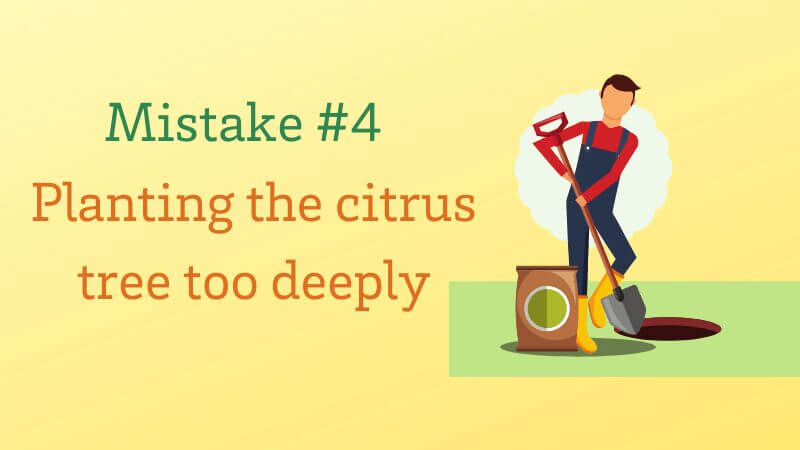

That’s likely one in all many commonest citrus rising errors. Totally utterly completely different citrus sorts are frequently grafted onto a root-stalk.
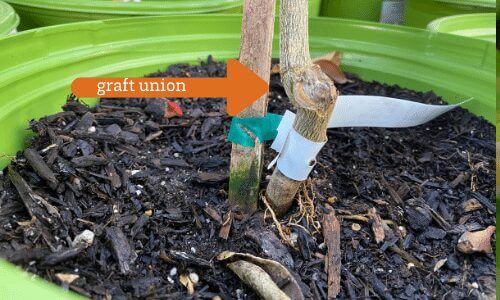

Have a look on the trunk and you may phrase the graft.
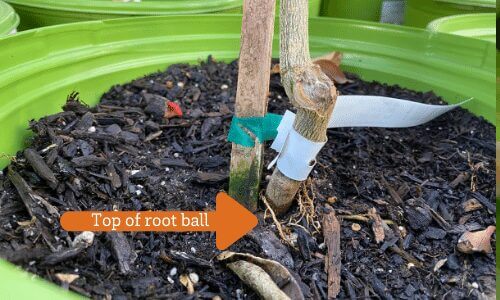

Don’t bury the graft; as an alternative, plant on the diploma of the premise ball (not primarily the extent they have been contained in the nursery pot).
Prior to you buy a tree, dig all through the soil to make sure they didn’t put a smaller plant in a a lot larger pot and fill it with soil. Roots ought to be near the bottom.
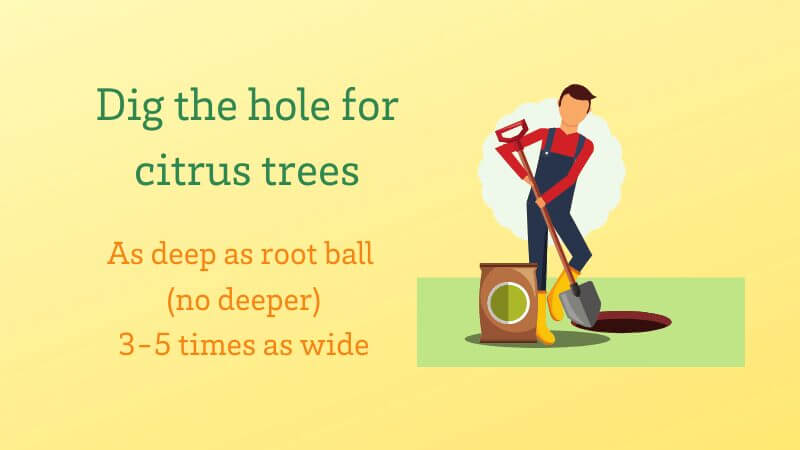

It’s greatest to plant bushes with the premise ball on the diploma of planting or significantly bit elevated. Dig a spot as deep (nonetheless not any deeper) because the premise ball (nonetheless 3-5 conditions as broad).
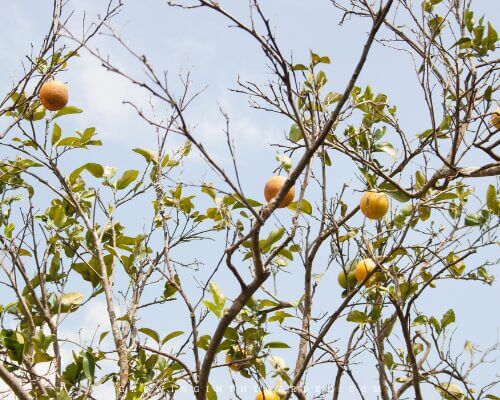

If a tree is planted too deeply, it might most likely have factors for all cases: illness and pest components, decrease fruit manufacturing, and at last dying.
Citrus Rising Mistake #5: Amending the planting gap with wealthy soil or compost
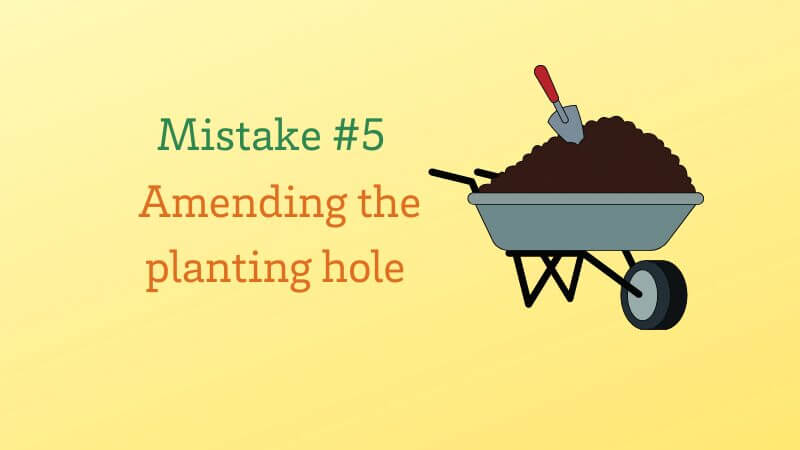

Whenever you plant the citrus tree, backfill the planting gap with the same native soil that was eradicated. For people who amend the soil with compost and wealthy soil, you might be making a small home for the roots to look out all the points they want.


Backfilling with compost and wealthy soil could create a smaller root system and a weaker tree.
Backfilling with native soil stimulates the roots to unfold and get your hands on dietary nutritional vitamins inside the encompassing soil.


Native soil encourages a a lot larger root system that anchors and strengthens the tree.
Citrus Rising Mistake #6: Not watering deeply ample
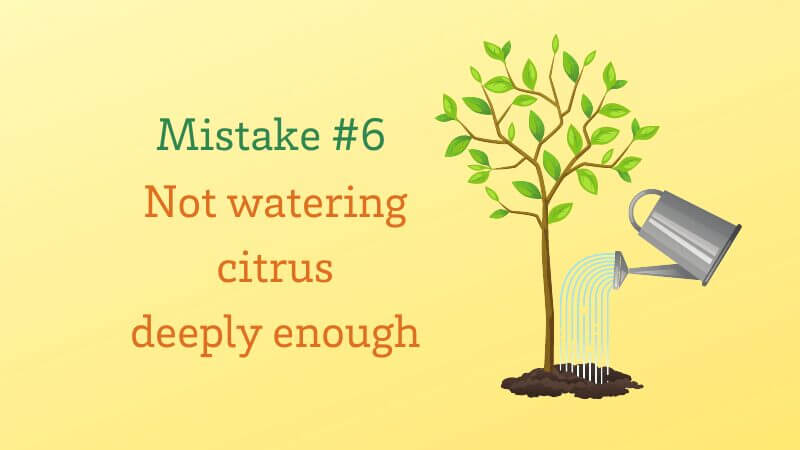

Factors with citrus can typically be traced as soon as extra to inadequate or improper watering. Watering exactly is crucial subject you can do for healthful bushes.
Be taught to acknowledge when citrus bushes want water, and water as wanted.
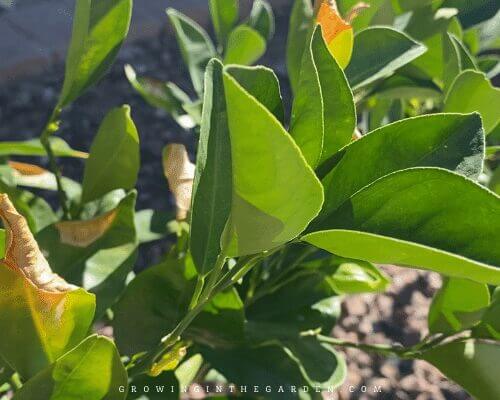

Citrus leaves that droop or curl inward are an indication of inadequate water. Leaves which have a substantial amount of water are normally flat or curled barely downward.
Newly-planted and youthful citrus bushes want watering additional typically.
As rapidly as established, citrus bushes do greatest with sluggish, deep unusual water that encourage the roots to go deeper to look out the water.
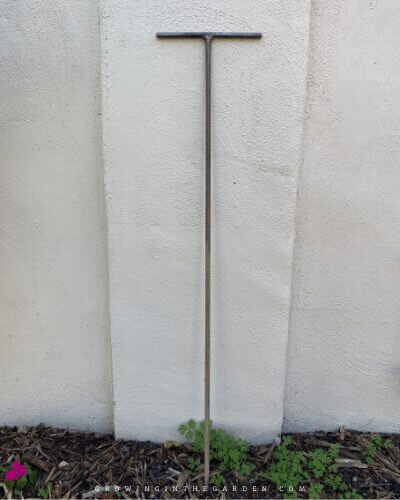

Water to a depth of a minimal of 18-24 inches and as lots as 3 toes for mature bushes every time you water. Use a soil probe to learn the way deeply the water penetrates.
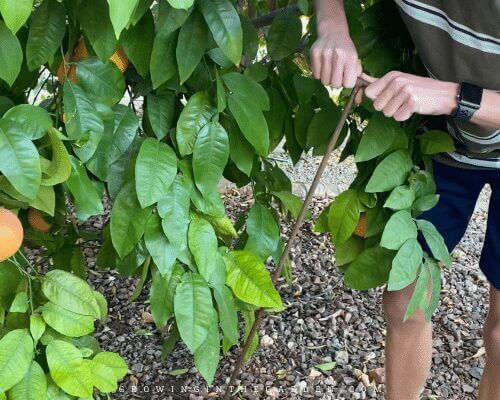

Use a soil probe to measure how deeply water penetrates.
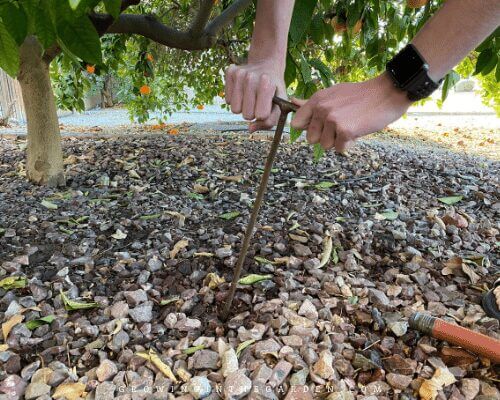

The soil probe will penetrate by means of moist soil
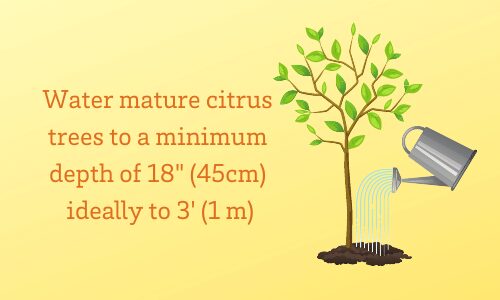

Citrus roots want air together with water. Enable the easiest a wide range of inches of soil to dry out before you water as quickly as additional. Overwatering ends in root rot.
The publication “Irrigating Citrus Timber” from the College of Arizona Extension Workplace has frequent concepts for watering intervals.
Citrus Rising Mistake #7: Skirting and over-pruning citrus bushes
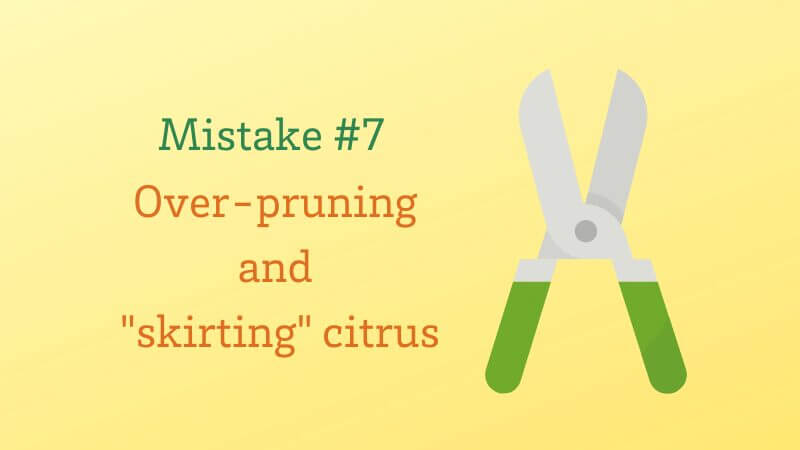

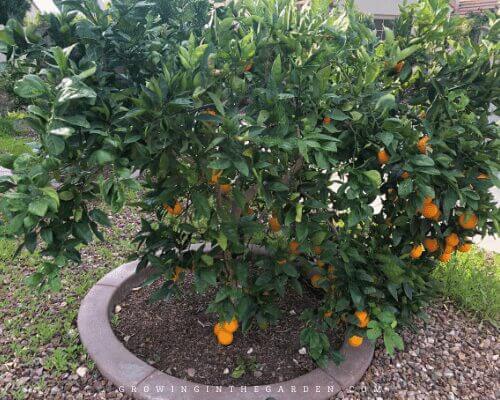

In distinction to deciduous fruit bushes, citrus bushes don’t require pruning.
Leaving the tree limbs close to the underside helps protect soil moisture and cut back soil temperature.
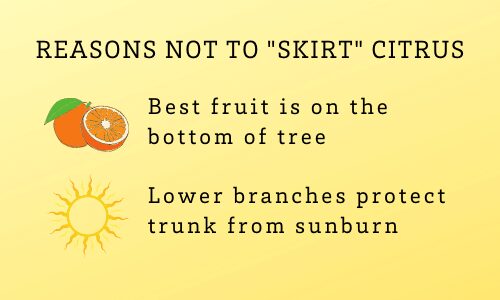

Eradicating all these limbs typically known as “skirting”. Skirting bushes is a typical citrus rising mistake.
- Prune lifeless or crossing branches.
- Don’t prune throughout the summertime; this exposes bark to photograph voltaic hurt.
- Lowering off new progress reduces the quantity of fruit produced.


Prune suckers beneath the graft union, and sprouts (extended, fast-growing shoots heading straight up).
Citrus Rising Mistake #8: Not fertilizing citrus bushes
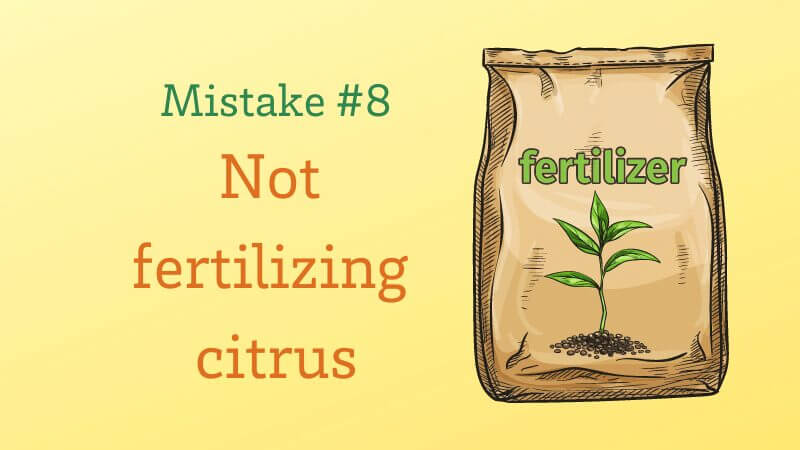

Citrus are heavy feeders and need enough soil dietary nutritional vitamins year-round.
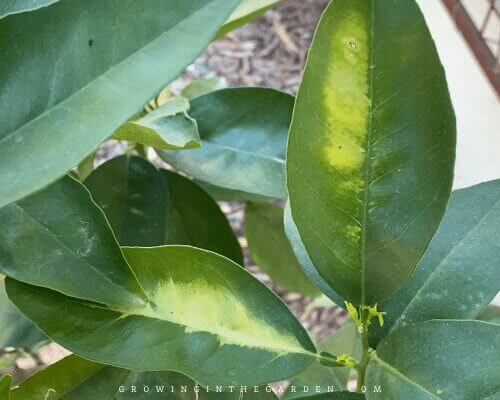

Leaf discoloration and pale citrus leaves are sometimes launched on by nutrient deficiencies – normally iron, magnesium, and nitrogen.
Use an pure fertilizer developed for citrus bushes and apply it in accordance with bundle deal instructions all 12 months prolonged.


Water efficiently before and after making use of fertilizer.
All through the low desert of Arizona, our fertilizer software program program dates are usually Valentine’s Day, Memorial Day, and Labor Day.
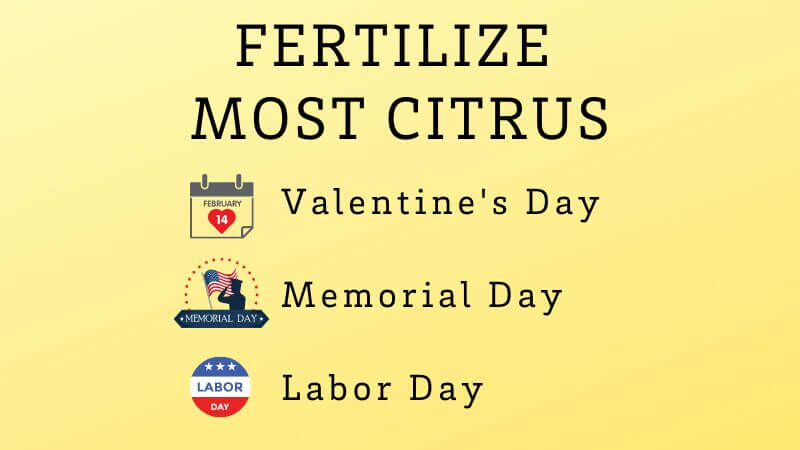

Citrus Rising Mistake #9: Exposing bark to daylight
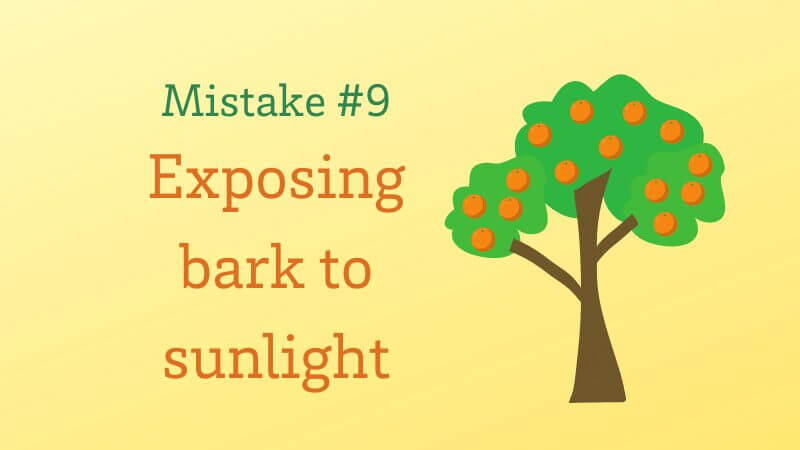

Citrus bark is certainly sunburned. Avoid exposing bark by not skirting bushes (see mistake #7), and defend uncovered bark from direct daylight.


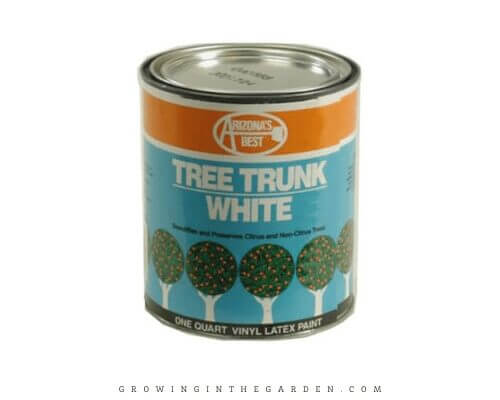

Citrus Rising Mistake #10: Not harvesting fruit
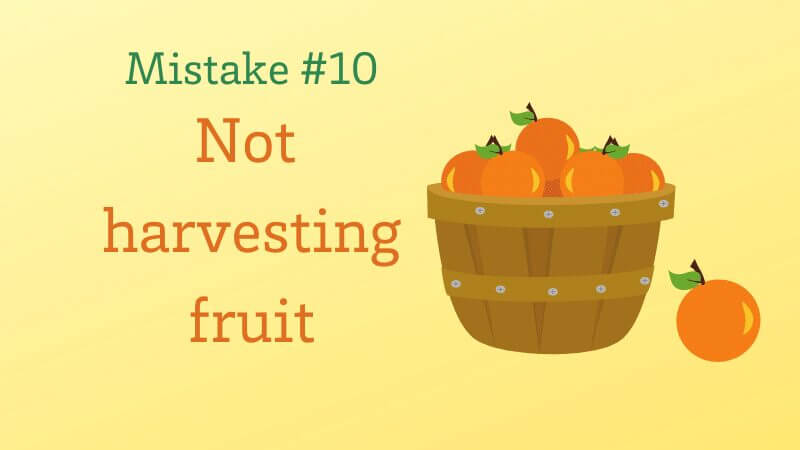



Leaving overripe fruit on the tree invitations bugs, birds, and rodents to your tree.
Citrus harvests normally start in late fall and carry over into spring. Pattern fruit initially of the harvest window for that type of tree to see whether or not or not it is ripe. Citrus typically stays ripe on the tree for a wide range of weeks. Benefit from it!
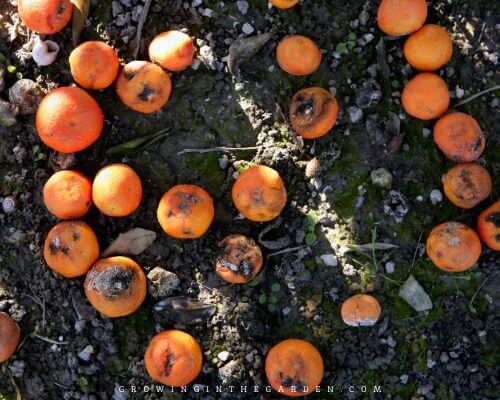

As rapidly as a result of the fruit begins to melt and drop, get all of the fruit off the tree. It is a easy citrus rising mistake to remedy. Clear-up any fallen fruit to discourage pests and rodents.
Extra Citrus Data:


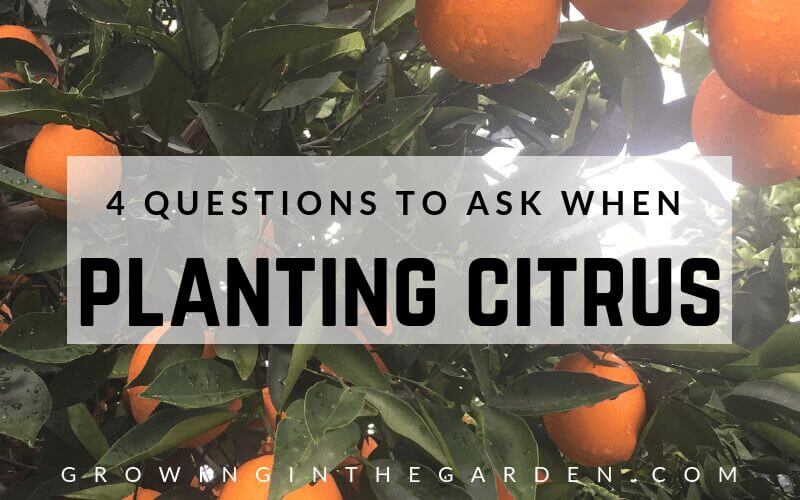





Get planting dates in your favourite crops with these seen planting guides for greens, herbs, fruits, flowers & vines.
If this submit about citrus rising errors was useful, please share it:
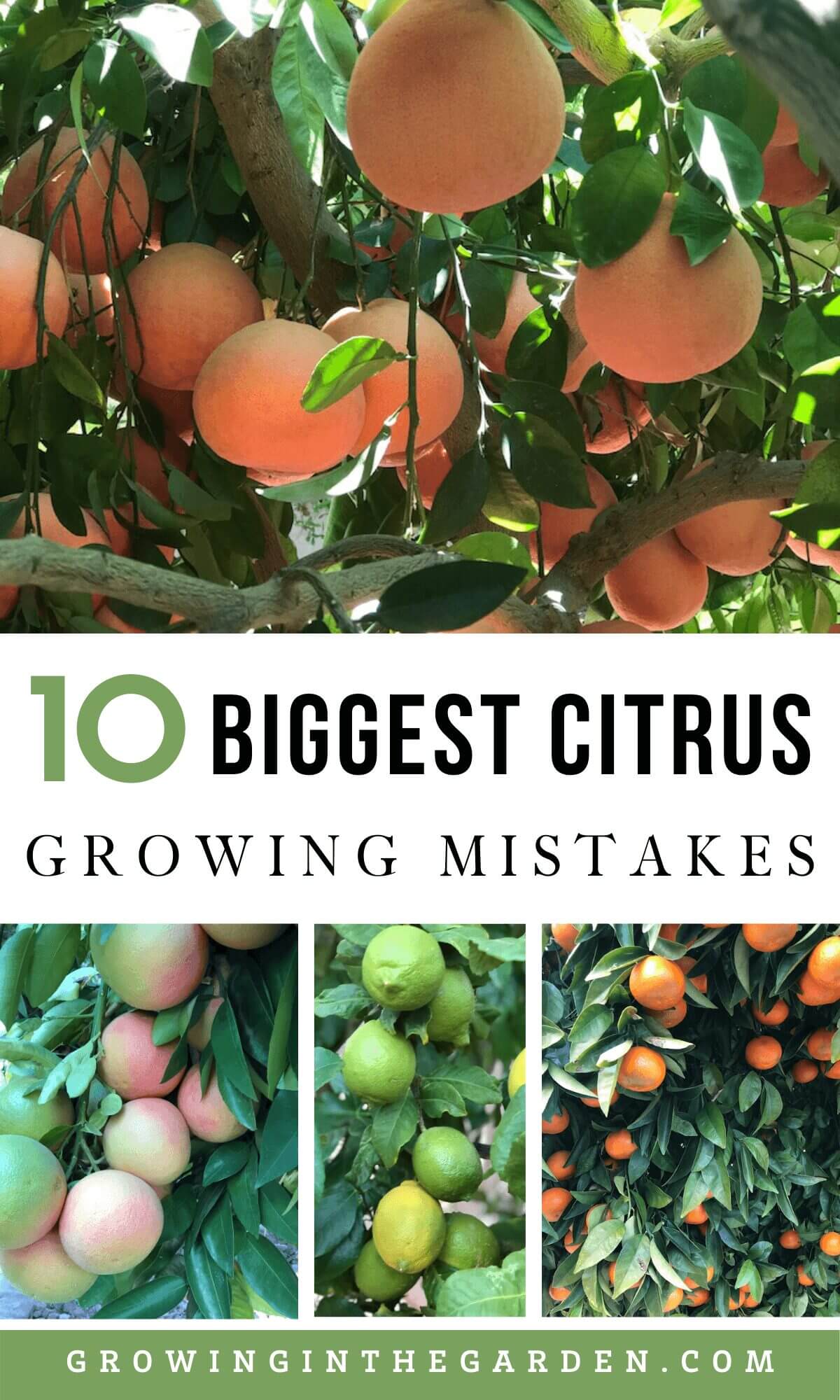

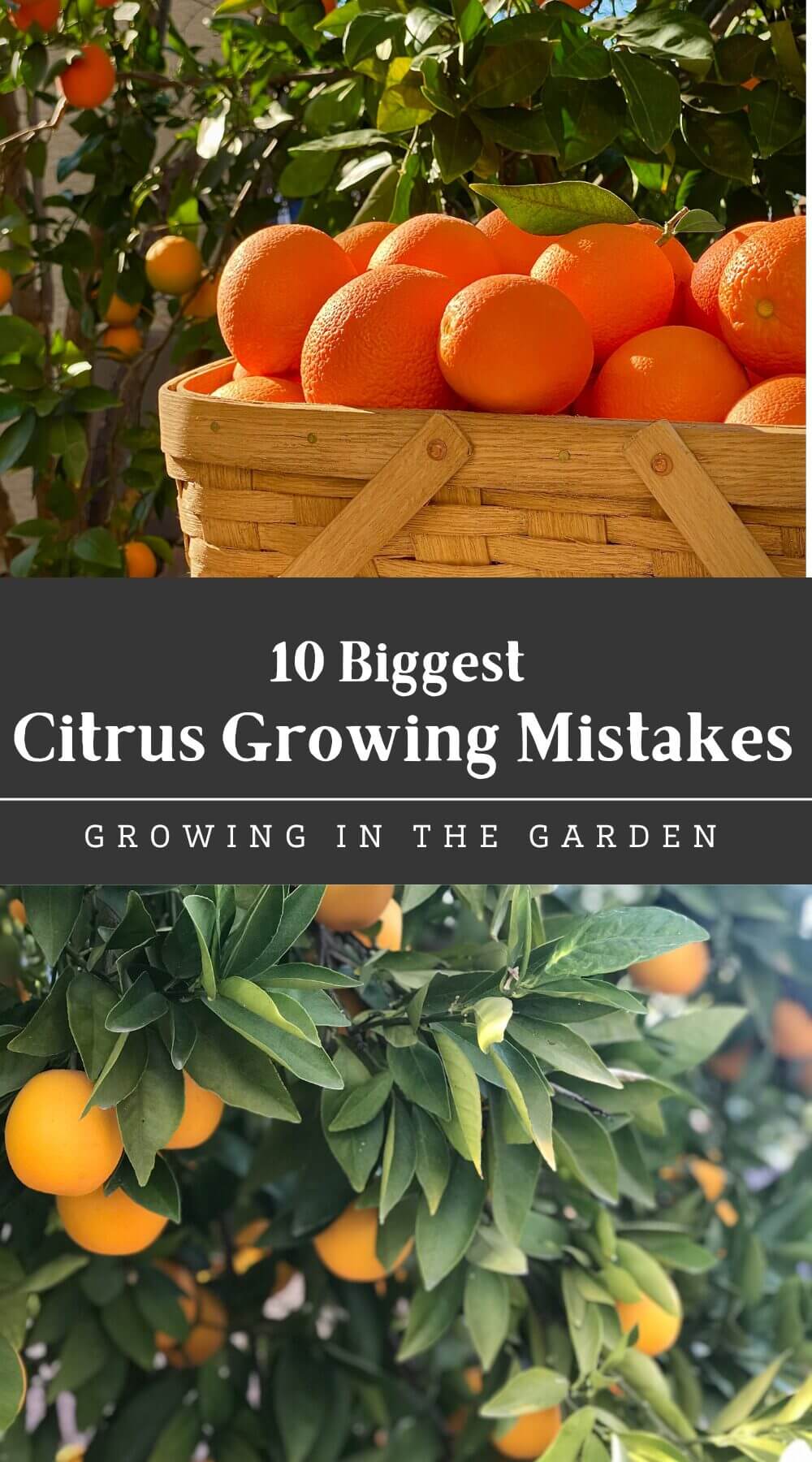

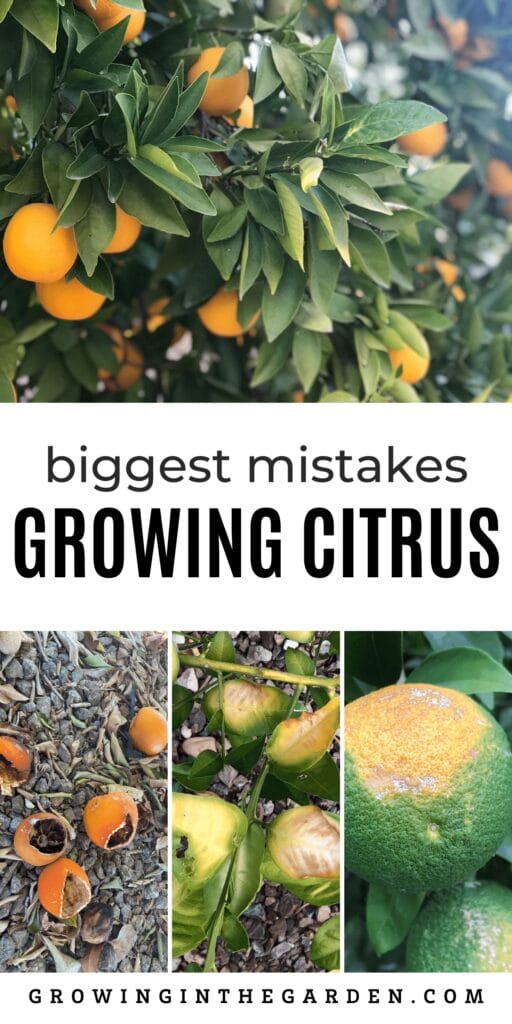

of
